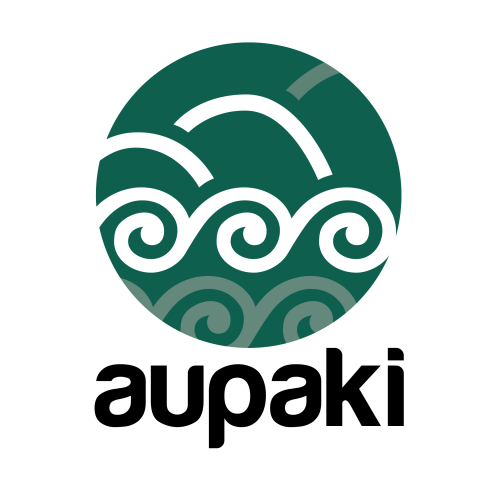
Wiki Tuatoru - Te Kura o Paeraki
Year 0-2
Our focus was on using our observation skills to really observe and remember what we saw. At the top, we had a lovely view of the estuary, ocean and mountains. We acknowledged Ranginui and Papatūānuku and practised saying our school whakatauki with actions “He raki tā matawhāiti, he raki tā matawhānui - A person with narrow vision has a restricted horizon; a person with wide vision has plentiful opportunities.”
Back in class we wondered who had lived on Mt Pleasant hill 10 years ago, 50 years ago and 400 years ago?
Our next learning activity took us on a discovery hīkoi around our kura. In small groups tamariki used a map of the school to find symbols located around spaces. They discussed what the symbols might mean and visited the spaces to try and make connections between the space and the symbol.
Our next step is to connect the symbol to the name and meaning.


Year 3-4
Based on pre-assessment the Yr 3-4 team made the decision to prioritise back-filling our children’s understanding of how the Māori came to New Zealand, and importantly, to dispel the urban myth that it was accidental, that Māori were at the point of starvation, and that the waka were not fit for purpose! The reality could not have been further from the truth.

Our tamariki learned about the tools and techniques the Māori used for navigation and the controlled and measured migration that followed.
We then introduced the story of Kupe and Te Wheke using various media, one of which was Kupe and Te Wheke-o-Muturangi.

We discussed the significance of how Aotearoa got its name and the concept of story-telling in Māori culture.
Tauhinu Korokio Mt Pleasant is in the unique position of having actually been a pā site.

Tamariki are now being asked to consider what benefits this particular location had for survival and why it was so coveted by many. We are getting our ākonga to consider what additional structures Māori would have needed to survive and thrive.
Year 5-6
Team Rock Solid kickstarted their new inquiry with a trip to Ōruapaeroa/Travis Wetland where they engaged in a day of fun activities such as bird watching, creature spotting, identifying different invertebrates found in the wetlands and finding out about the fascinating history of Ōruapaeroa. This provocation was designed to build curiosity about how there are many different factors that impact our waterways and was an opportunity for TRS to have a deep dive into some new learning about how it is our collective responsibility to be active kaitiaki of water environments.




During our visit, we also began learning about the concepts of responsibility, change and form by thinking about:
Responsibility
- What does it mean to be a responsible kaitiaki?
- Our rights and responsibilities to ensure waterways are managed sustainably for future generations
Change
- History of the estuary /Tangata whenua.
- Use of Te Ihutai and the factors that impact the uses
- How people have adapted technologies and tools to the environment in order to survive and thrive
Form
- Forms of local water environments
- How use of waterways and resources in the area help people survive and thrive (historically and current)
We are really looking forward to viewing the many different waterways in Christchurch when we journey to the top of John Brittan Reserve to get a birds eye view.
We have begun to wonder about the different types of tools Tangata Whenua used when gathering kai from Te Ihutai and how this is all linked to the cultural narrative of our kura.

